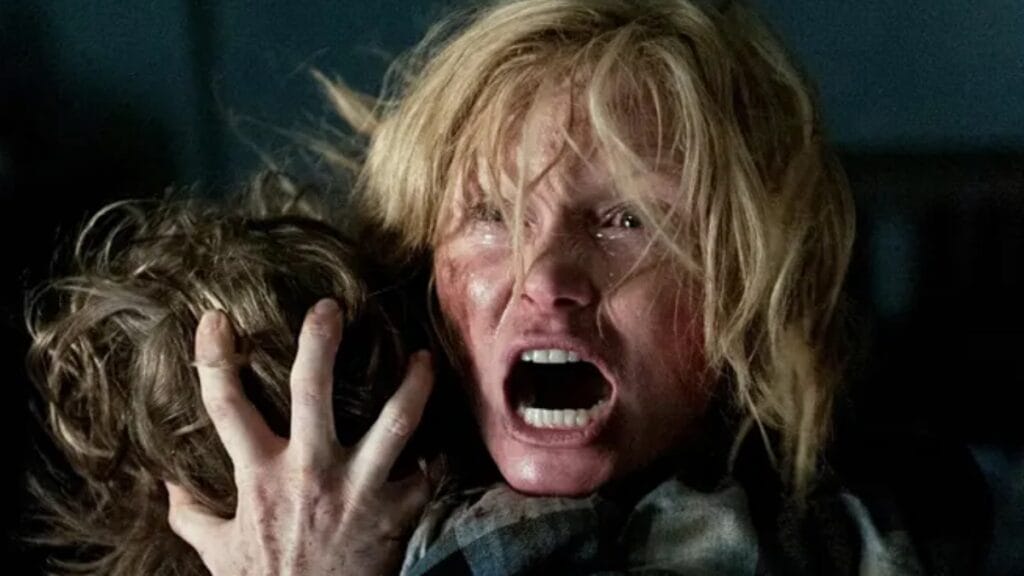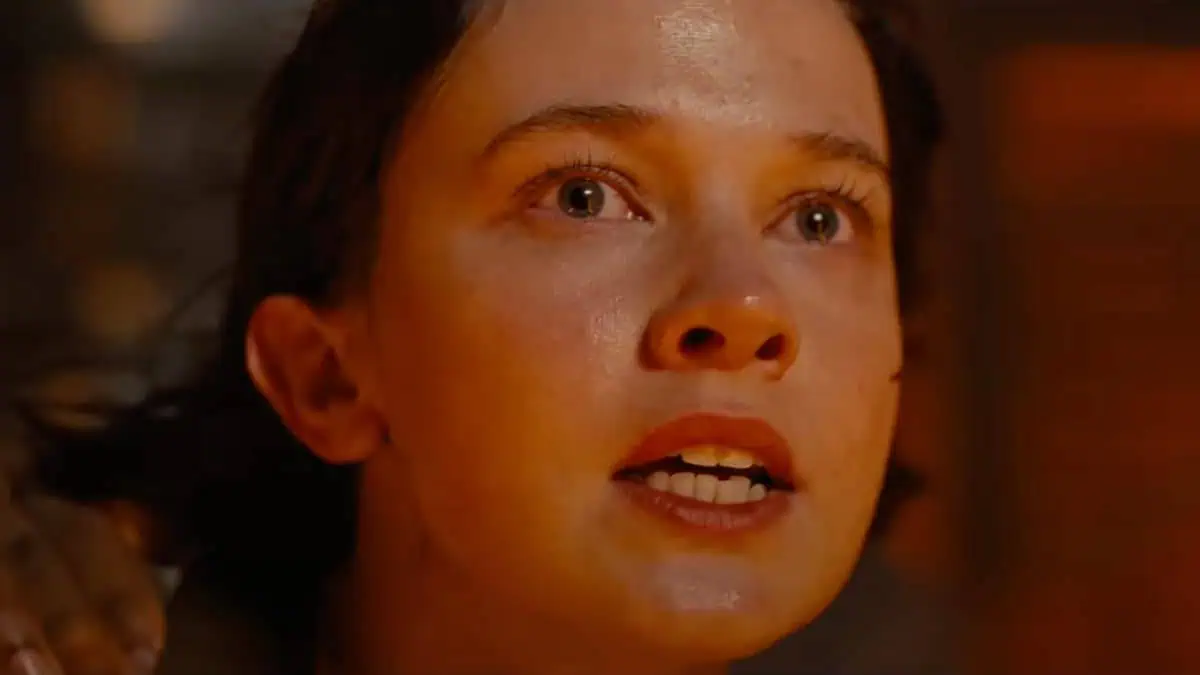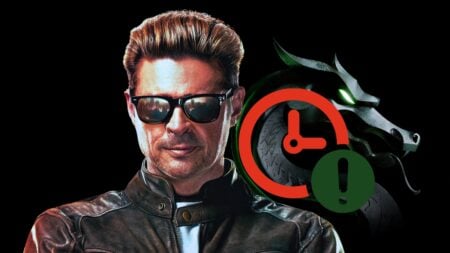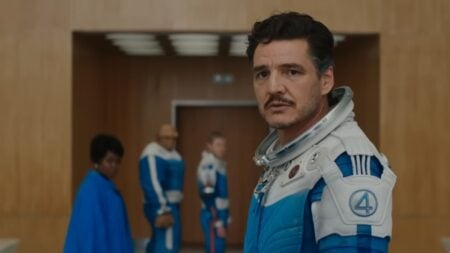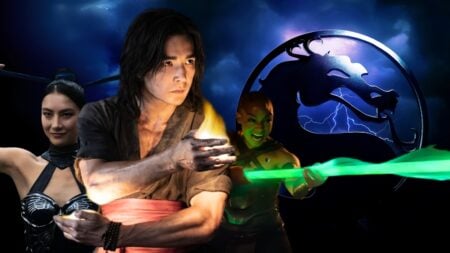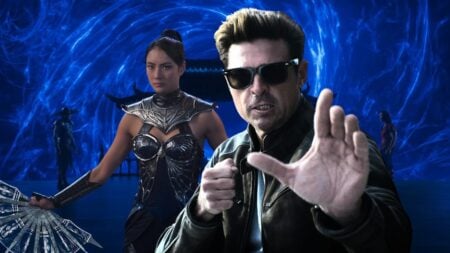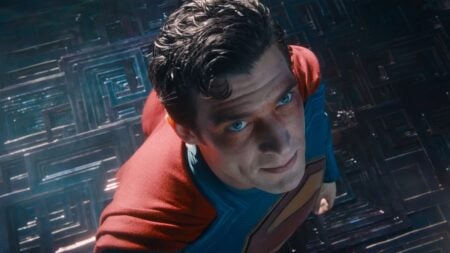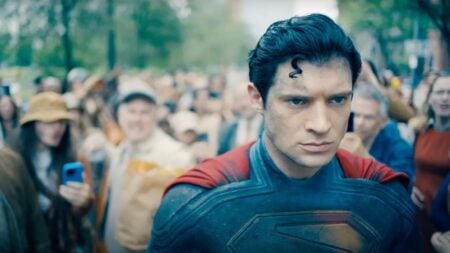Skip To...
They just don’t make them like they used to. The ’80s and ’90s were the epitome of horror, kick-starting legacy franchises and launching acting careers, as well as establishing famous tropes. But in recent years, the quality, sustainability, and originality of horror movies has come into question as it becomes all the more apparent that the genre has taken a bit of a nosedive.
There have been numerous contributions to the malaise of horror, though some are more prominent than others. Audiences have become largely desensitized to the biggest selling points of horror, namely the gore and suspense. This collective resistance has made horror movies seem predictable, therefore less impactful than they were a few decades ago. But what are the most off-putting and damaging aspects of horror?
For this year’s Halloween, we thought that now would be a perfect time to discuss this controversial topic. With that out the way, grab your blood-splattered hockey masks and snatch a handful of delicious treats as we reflect on the modern horror landscape. Let’s go!
[11 Oct. Update — Added one new entry and updated format]
Repetitive Tropes
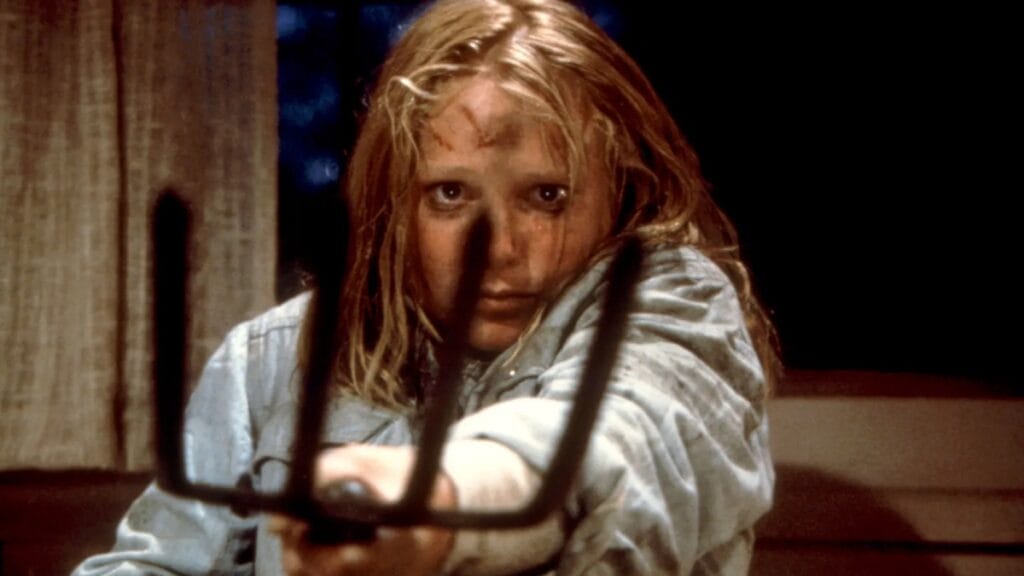
Movies like Friday the 13th and The Texas Chain Saw Massacre helped breathe life into the slasher genre and even grew to become multi-million-dollar franchises. Naturally, other like-minded flicks have turned to these veteran tales for inspiration and guidance. While that isn’t an inherently bad course of action for up-and-coming filmmakers, they sometimes rely too heavily on source material and wind up inadvertently copycatting.
Due to multiple impostors rehashing the same tired horror tricks, tropes like the final girl, the abandoned building, character stereotypes, and the dreaded “let’s split up” have been grossly overused. The next time the car doesn’t start or cell phones have no service, we’re only reminded of every single other moment this exact scenario has played out — and it wasn’t any less tiresome the first hundred times.
Unoriginal Narratives
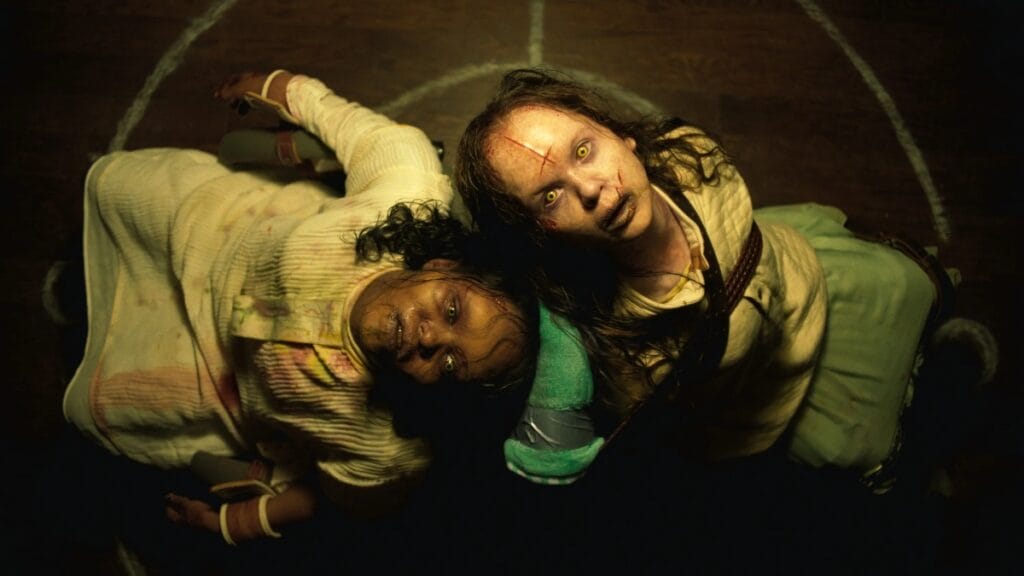
Due to the recycling of aforementioned tropes, recent horror movies reek of desperate imitation. Although The Exorcist had audiences vomiting, fainting, and fleeing back in 1973, that doesn’t mean the same trick wires and practical effects makeup will fly today. Despite this well-known fact, modern horror movies love to rework the narratives of cult-classics and pass them off as entirely original when — as we all know — they hardly ever are.
And then, there are sequels. Take The Exorcist: Believer, for example. After Linda Blair’s legendary performance as Regan, Universal Pictures had ample opportunity to give fans something fresh to sink their teeth into. On the contrary, Believer turned out to be nothing more than a poor attempt to match the relevancy of the original… and it showed.
Overly Complicated Concepts
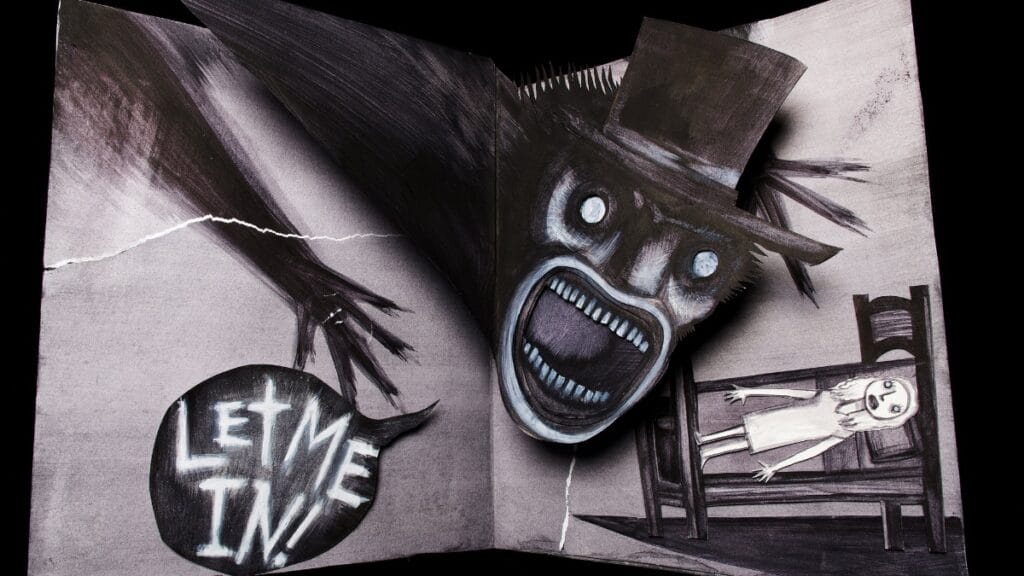
If there were ever a golden rule of horror, it would match the age-old saying that less is more. While taking a gamble on complex storylines like Hereditary sometimes pay off, there are other instances where certain movies would have benefited from a boiled-down story. Consider the straightforward premise of Hush and how effective it turned out to be. Then compare that to The Babadook, an Australian horror/thriller that keeps piling more onto an already loaded narrative.
First, it seemed The Babadook might be a figment of Samuel’s imagination, then it was depicted as a supernatural being that appeared to whomever read his book, but it turned out that Mister Babadook was a symbol of grief and trauma. Although the concept in itself is fascinating, one might argue that it had a few too many layers to be easily digestible.
Unexciting Characters
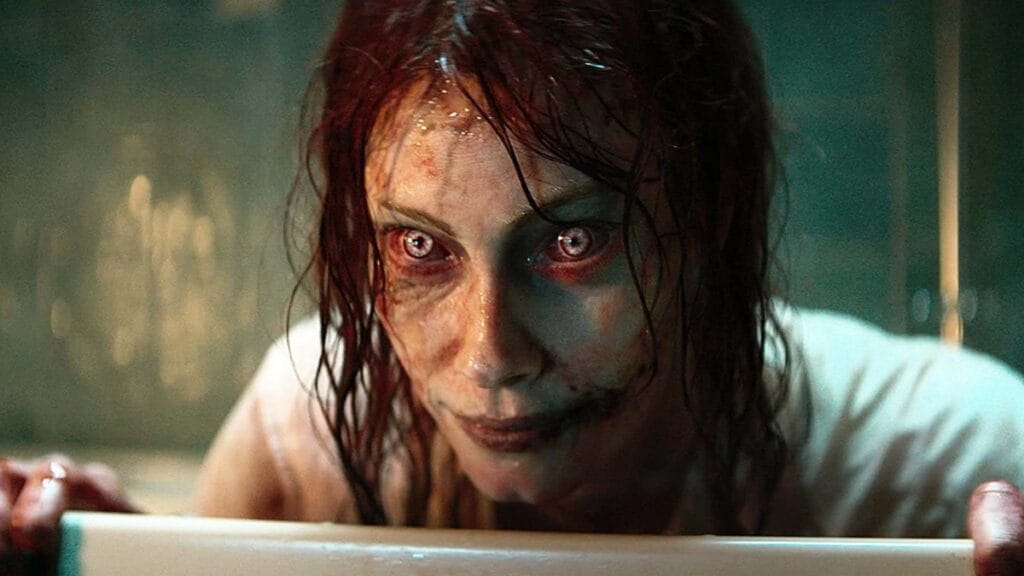
Although Laurie Strode and Sidney Prescott may be the final girls of their respective franchises, they aren’t the only characters worth recognizing. Halloween‘s Sam Loomis, Lindsey, and Annie are all notable stars alongside Jamie Lee Curtis. Likewise for Scream, supporting characters Billy Loomis, Stu Macher, Gale Weathers, and Dewey Riley all carry their weight to surpass Sidney. In fact, one might argue that Scream‘s more charismatic stars are the favorite characters of many a viewer. Not that Sidney isn’t great, too.
If we consider 2023’s lineup of horror movies, The Exorcist: Believer had everyone yearning for Regan, The Nun II shifted focus from Irene to Frenchie and introduced a forgettable side character in Debra, and Five Nights at Freddy’s left much to be desired from William Afton, the star of the game series. At least Saw X never pulled focus from John Kramer and Amanda Young. More often than not, it’s better to stick to what works.
Overuse of Jump Scares
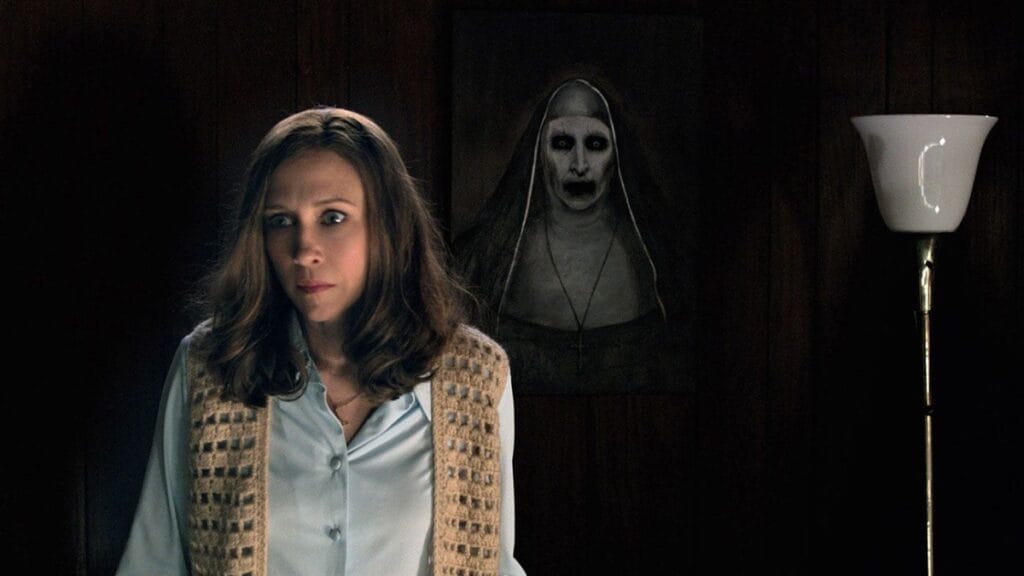
The Nun II was — above all else — unmemorable. After promising it wouldn’t do so, the sequel fell into the same pitfalls as its predecessor and relied too much on jump scares. And it isn’t the only entry in The Conjuring Universe to do so as many of these movies are guilty of the same sin. Other examples include Host, Paranormal Activity, Evil Dead, and more. These stories are strong enough by themselves without the need to excite in such a terribly predictable way.
An occasional jump scare is nothing to lose sleep over, but when they happen far too often, it becomes very telling that the movie is trying to overcompensate for something. This ‘something’ could be a poor plot, an uneventful scene, an unlikable character, or something less obvious. But inserting too many jump scares takes away from the story being told and renders it practically irrelevant compared to the insatiable need to scare an audience witless.
It’s Simply Much Harder to Be Creative These Days
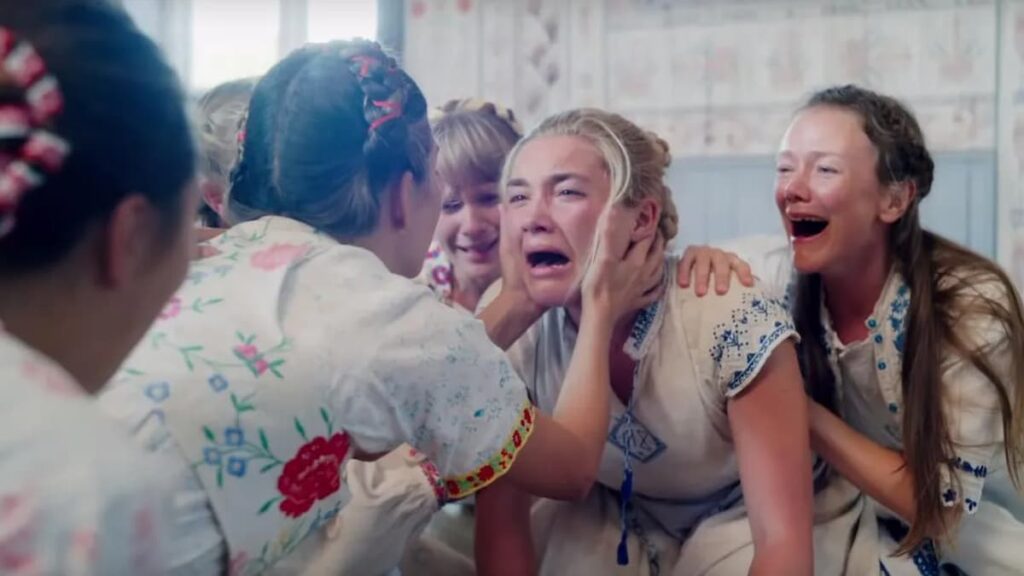
During the ’70s and ’80s, which was arguably the golden age of horror cinema, it’s fair to say that the horror landscape was much more of an unexplored frontier. These days, however, the genre has become a lot more saturated, with many concepts and ideas being re-hashed and re-packaged as something new, when we’ve actually seen the same ideas many times before.
Don’t get me wrong, I do believe that there are quite a few under-the-radar gems to be discovered in modern horror cinema, and there are a handful of fiendishly creative pics that have really resonated with me. But for the most part, there’s an unquestionably large swathe of copycat movies that retread the same old well-trodden ground. Really, I’d argue that’s an issue in all film genres these days, and I know for sure that there were plenty of terrible horror pics back in the ’70s and ’80s, too. That said, through a modern lens, it does feel increasingly rare for a truly phenomenal horror movie to come along and knock our socks off.
But tell us, how do you feel about modern horror movies? Do you think they’re on the decline? O are we just old people yelling at clouds?

